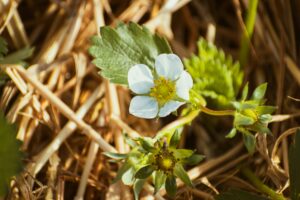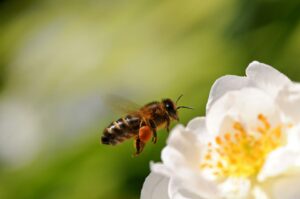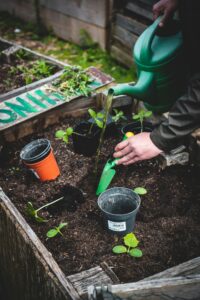Gardening in a new region like Florida offers a unique opportunity to explore local flora and positively impact your new environment. Incorporating native plants in your garden after moving enhances the beauty of your space, supports local wildlife, and conserves resources. Understanding the local ecosystem and using specialised tools for gardening can greatly enhance your gardening experience.
Choosing the right place to move to is crucial for a successful transition, especially for gardening enthusiasts. However, sunny Florida offers a unique allure with its mild winters, allowing gardeners to tend their plants almost all year round. This extended growing season is a significant benefit for those who wish to immerse themselves in their gardening projects without the interruption of harsh winters. Whether a novice or a seasoned pro, the consistent sunshine and warm climate can help maximise your gardening potential.
At the same time, if you’re moving to Florida with plants, you should seek the support of a reliable moving service. Otherwise, you risk damaging your precious plants during transit. To find an experienced team that will safely handle your plant, check out bestmoversinflorida.com. This database of licensed Florida movers will help you find the perfect fit.

Introducing native plants in your garden after moving to Florida will be easier if you get to know the region
Native plants are species that have evolved naturally in a region without human introduction. These plants are adapted to the local climate and soil, making them more resilient and easier to maintain than non-native species. By choosing native plants, gardeners can avoid the common problems associated with non-adapted plants, such as higher water and care needs.
Before introducing native plants, it’s important to research which species are truly native to the area. You can visit local botanical gardens or contact university extensions for accurate information. For the Sunshine State, you can check out the University of Florida’s Gardening Solutions page for a list of native plants. Many regions also have dedicated websites and books that list native species. Engaging with community gardening groups or forums online can provide valuable insights and firsthand experiences from local gardeners.
Next, take the time to assess the conditions of your new garden. Check the soil type, typical sunlight exposure, and overall climate. Simple tools like soil test kits and sunlight meters can help you gather this information accurately. This step is crucial for choosing the right plants that will thrive in your specific conditions.
Now that you know what grows best, you can start planning the layout of your garden. Consider the mature size of plants to ensure they have enough space to grow without overcrowding. To simplify care, you should also group plants with similar water and sunlight requirements. Designing with layers in mind—ground cover, shrubs, and trees—can create a more dynamic and attractive garden. Also, incorporating plants that attract pollinators and beneficial insects adds life to your garden and promotes biodiversity.

Native plants will attract pollinators that are native to the area
Planting native plants is not just about digging and dropping seeds; it requires careful planning and ongoing care to ensure success. Here are some guidelines:
To maintain your garden:
Including native plants in your garden after moving offers several benefits:
Beyond your garden, there are numerous ways to engage with others:
While rewarding, introducing native plants to your garden can come with challenges:

Native plants can sometimes be challenging to find
Embracing native plants in your garden after moving to Florida is a fulfilling project that connects you with your new home in a unique way. It’s not only about gardening but also about contributing to the local ecology and community. Start small, perhaps with a few key species, and gradually expand as you learn what works best in your garden.